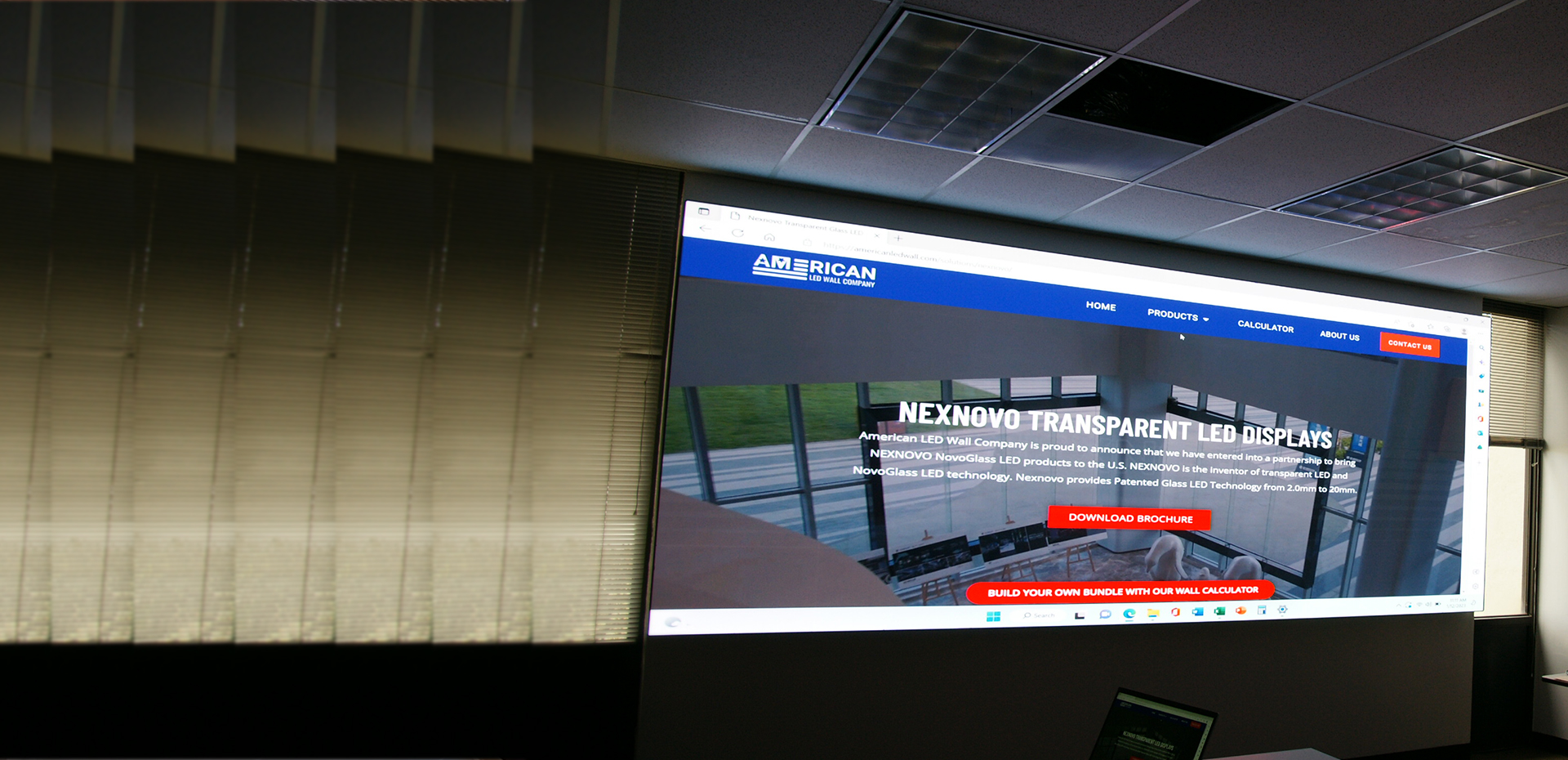Exploring the Wide-ranging Connectivity Solutions Available for Light Emitting Diode Wall Panels
Exploring the Wide-ranging Connectivity Solutions Available for Light Emitting Diode Wall Panels
Blog Article
LED display units have gained popularity for their capacity to deliver crisp imagery in multiple settings, from professional environments to entertainment venues. One of the most significant aspects of these systems is their interface options, which allow users to connect them to different devices and systems. Understanding the broad input options supported for Light Emitting Diode wall panels is vital for maximizing their use and effectiveness. This article explores these options, showcasing how they can adapt to specific needs and preferences.
One frequent connection approach for LED wall panels is High-Definition Multimedia Interface. High-Definition Multimedia Interface is widely known for delivering high-quality video and audio streams between devices. This interface type is especially useful in business environments, such as conference rooms or training rooms, where visual content or video content are often shared. By using digital connectors, users can easily connect laptops, projectors, and streaming devices to LED wall panels, guaranteeing a clear and vibrant presentation of media.
Another popular interface method is DisplayPort, which is comparable to High-Definition Multimedia Interface but offers additional advantages. Display Port can support elevated refresh rates and resolutions, making it an excellent choice for interactive media or graphic-intensive applications. For those using Light Emitting Diode wall panels in settings where performance is critical, such as competitive gaming venues or creative workspaces, DisplayPort can provide the necessary visual clarity. Moreover, many modern computers and graphics cards include Display Port connections, making it a practical option for technology-oriented professionals.
In addition to HDMI and Display Port, cordless transmission options are becoming increasingly common in Light Emitting Diode wall panel technology. Wireless connections allow operators to share content without the need for physical cables, promoting a cleaner and more adaptable configuration. Technologies such as Wi-Fi and short-range communication allow users to connect smartphones, tablets, and laptops seamlessly to LED wall panels without cumbersome wires. This convenience is especially advantageous in dynamic environments like trade shows or live functions, where quick changes to displays are often needed.
For larger deployments or more intricate configurations, network connectivity through Ethernet is another viable solution. Wired links provide a stable and reliable way to connect multiple Light Emitting Diode wall panels within a system. This approach is suitable for digital signage applications found in shopping malls or transport hubs, where multiple panels may need to present coordinated content across a wide area. By using Ethernet cables and network switches, users can guarantee that all linked panels receive uniform updates and information seamlessly.
Lastly, it's important learn about this here now to consider the future of interface technology with advancements such as Universal Serial Bus-C and Thunderbolt Three. These next-generation connection types offer increased data transfer speeds and versatility by allowing one cable to handle both power delivery and data transmission. As more systems adopt these standards, LED wall panels equipped with USB-C ports will likely become more common. This evolution in connectivity not only improves the capabilities of Luminescent Diode wall panels but also coincides with the emerging trend of minimalistic design in hardware arrangements by minimizing the number of wires required.
In summary, examining the broad connectivity options available for LED wall panels reveals many possibilities for operators across multiple industries. From conventional approaches like High-Definition Multimedia Interface and Display Port to contemporary cordless panel mount lights for walls technologies and LAN setups, each pathway serves unique purposes suited to specific needs. Additionally, emerging technologies like Universal Serial Bus-C offer further advancements in how users interact with LED wall panels. By understanding these connectivity choices, individuals can make informed decisions that enhance their overall experience with these versatile display tools.